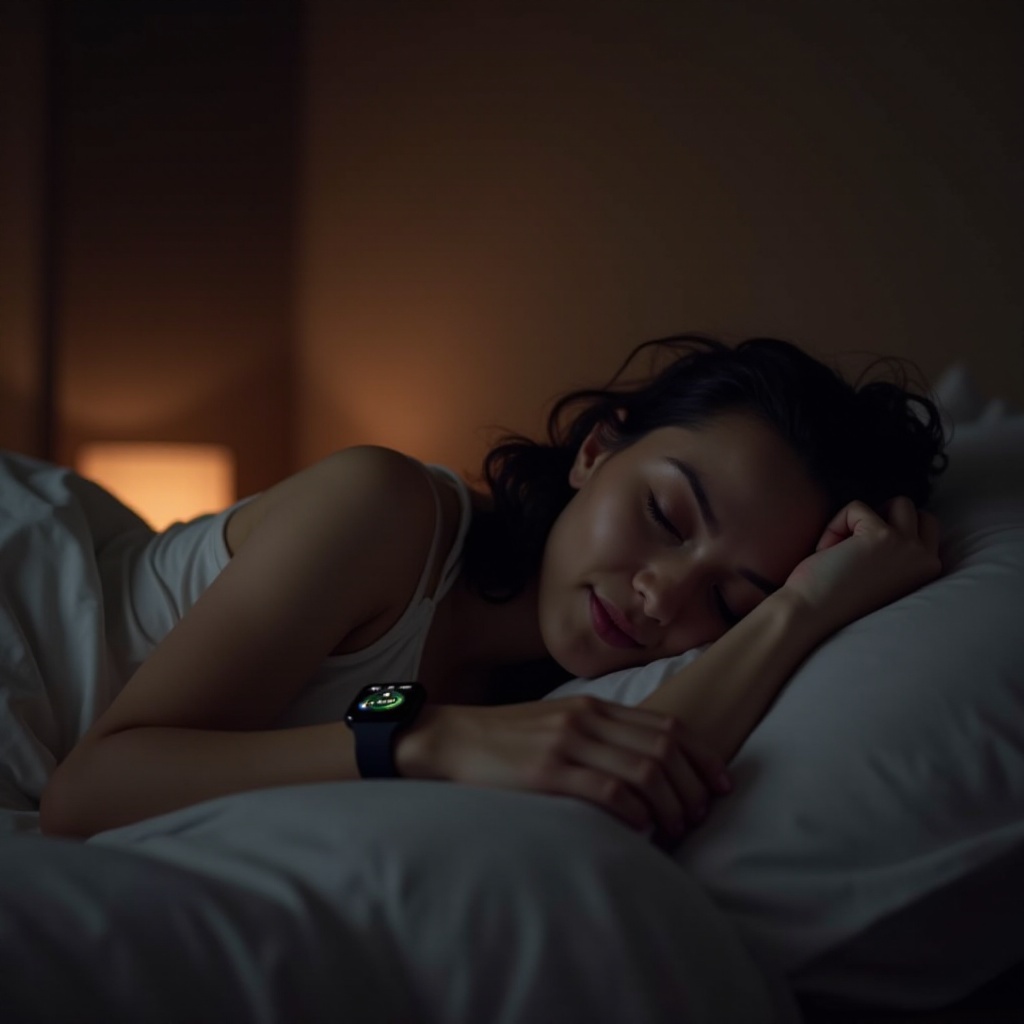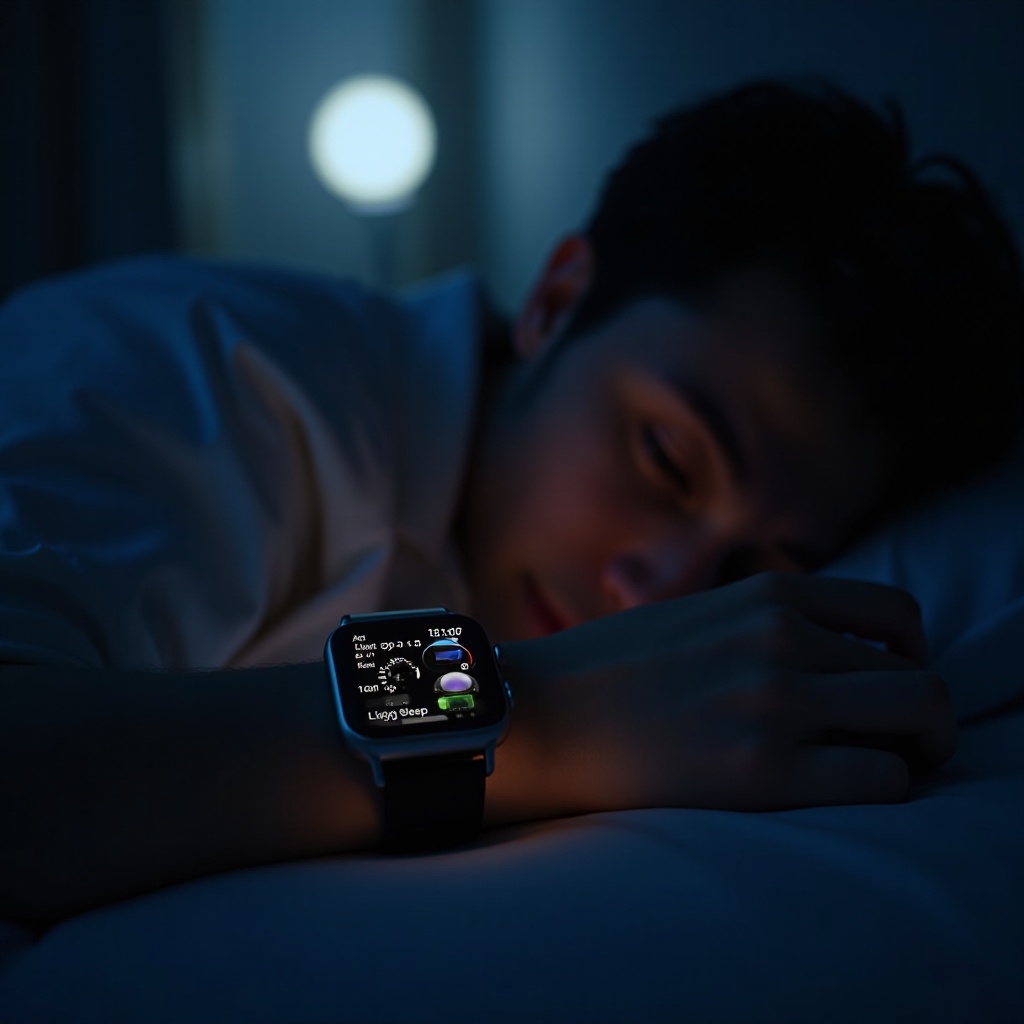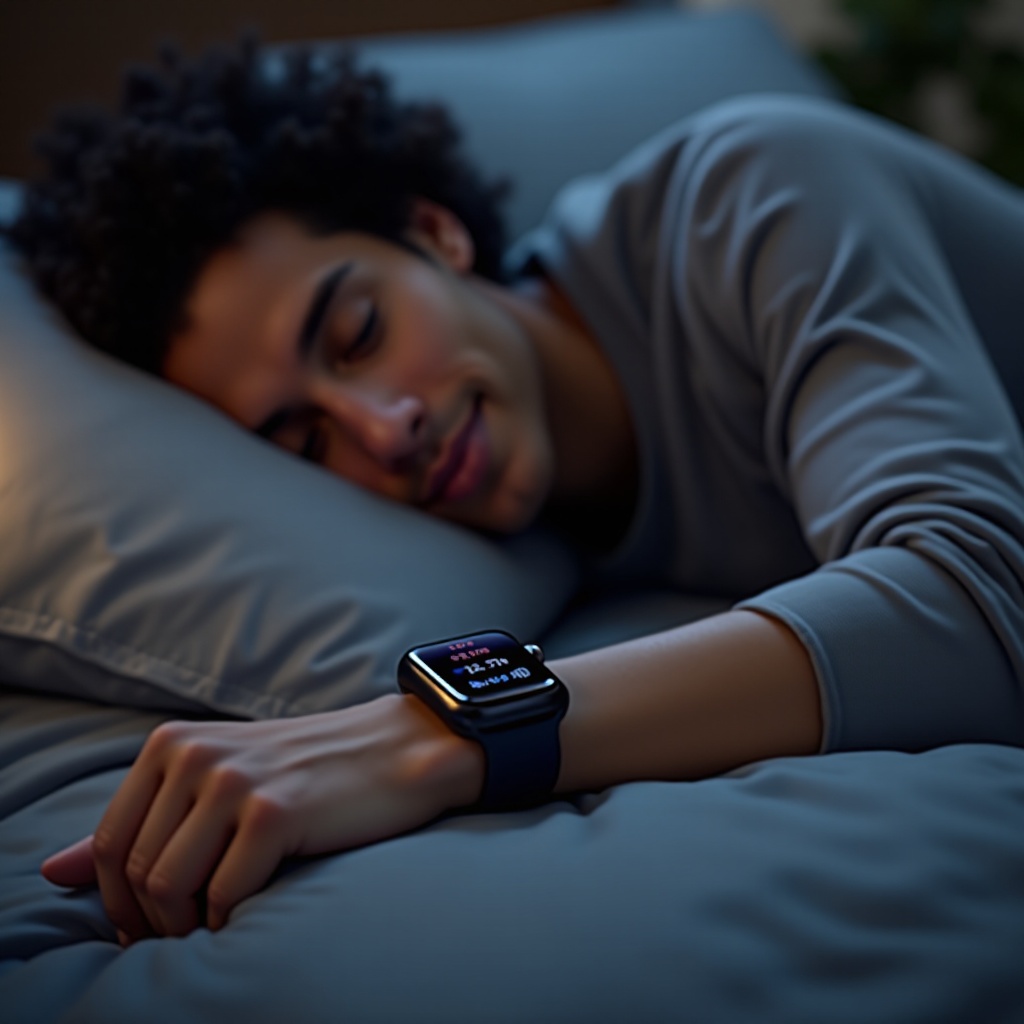Introduction
Sleep is an essential aspect of maintaining good health and well-being. In recent years, wearable technology like smartwatches has revolutionized the way we monitor and understand our sleep patterns. These devices come equipped with advanced sensors and algorithms that provide detailed insights into our sleep cycles, quality, and overall sleep health. Understanding how these gadgets work and the benefits they offer can help you make the most of your sleep tracker and improve your sleep hygiene.

Understanding Sleep Cycles
To appreciate how a smartwatch tracks sleep, it’s helpful to understand sleep cycles first. Sleep isn’t a uniform state; it comprises different stages that repeat in cycles throughout the night. Typically, a full sleep cycle lasts around 90 minutes and includes three main stages: light sleep, deep sleep, and REM sleep.
Light sleep serves as a transition from wakefulness to deeper sleep stages, allowing the body to relax and heart rate to slow down. Deep sleep is crucial for physical recovery, immune function, and overall health. Lastly, REM sleep, where most dreaming occurs, plays a significant role in emotional regulation and memory consolidation. Monitoring these cycles is vital because disruptions can impact overall sleep quality.
Technology Behind Sleep Tracking
Smartwatches deploy a fascinating mix of technology components to track sleep patterns accurately. Let’s delve into the primary technologies involved:
Sensors Used for Sleep Tracking
Smartwatches use a variety of sensors to monitor your sleep. The most common is the accelerometer, which tracks your movements throughout the night. Less movement typically indicates deeper sleep stages. Additionally, heart rate monitors measure your pulse, offering clues about your current sleep stage. Advanced models may also include SpO2 sensors to track blood oxygen levels, adding another layer of detail to your sleep analysis.
The Role of Heart Rate Variability
Heart Rate Variability (HRV) is another critical factor in sleep tracking. HRV refers to the variation in time intervals between heartbeats. During deep sleep stages, HRV tends to show distinct patterns, which can indicate restful periods. Monitoring HRV helps the smartwatch determine not only how long you slept, but also how restful that sleep was.
Algorithms and Data Processing
Sensors collect raw data, but what transforms this data into meaningful insights is the algorithms within the smartwatch. Utilizing machine learning, these algorithms process the movement, heart rate, and HRV data to classify your sleep into different stages. The processed data is then synced with an app on your smartphone, where it gets visualized as graphs and charts, offering you detailed insights into your sleep patterns.
Different Types of Sleep Data
Understanding the different types of sleep data a smartwatch tracks can provide valuable insights into your overall sleep quality:
REM Sleep
Rapid Eye Movement (REM) sleep is characterized by heightened brain activity, similar to wakefulness. Most dreaming occurs during this stage. REM sleep is essential for cognitive functions such as memory, learning, and mood regulation. Smartwatches identify REM sleep by tracking irregular pulse rates and minimal physical movement.
Deep Sleep
Deep sleep is the most restorative stage, crucial for physical recovery and growth. During deep sleep, your body repairs tissues, strengthens the immune system, and builds bone and muscle. This stage is detected when the body shows minimal movement, and heart rate is at its lowest.
Light Sleep
Light sleep serves as a transition between wakefulness and deeper sleep stages. It helps facilitate mental and physical relaxation. Smartwatches detect light sleep through moderate movements and a relatively steady, slow heart rate.

Benefits of Using Smartwatches for Sleep Tracking
Tracking your sleep using a smartwatch offers several significant benefits:
Personal Insights and Recommendations
With detailed sleep data, you can identify patterns and make lifestyle adjustments. For instance, if your smartwatch indicates that you frequently wake up during the night, you can experiment with different sleep environments or bedtime routines to find what works best for you.
Improved Sleep Hygiene
By consistently monitoring your sleep, you become more aware of your sleep habits, which can lead to improved sleep hygiene. Simple changes, such as reducing screen time before bed or adhering to a consistent sleep schedule, can make a significant impact.
Health Impact and Long-term Benefits
Improving sleep quality has numerous long-term health benefits, including better mood, enhanced cognitive function, and reduced risk of chronic conditions such as heart disease and diabetes. Regular use of a smartwatch for sleep tracking can help you make informed decisions to maintain your health in the long run.
Challenges and Accuracy
Despite their benefits, smartwatches do come with limitations:
Limitations in Measurement
While smartwatches are quite advanced, they may not be as accurate as professional sleep studies conducted in a lab setting. They rely primarily on movement and heart rate, whereas clinical settings use multiple methods for precise measurements.
Factors Affecting Accuracy
Several factors can influence the accuracy of sleep data, including wearing the watch too loosely or disturbances such as sleeping in awkward positions. External factors like movements from a partner can also affect the data.
How to Improve Tracking Results
For the best results, ensure that your smartwatch fits snugly around your wrist and that all sensors remain in contact with your skin throughout the night. Follow regular calibration procedures as recommended by the manufacturer and review the insights regularly to understand your personal sleep patterns better.

Conclusion
Smartwatches have transformed how we understand and improve our sleep. Utilizing a combination of advanced sensors and machine-learning algorithms, these devices offer valuable insights into our sleep cycles and quality. While there are limitations to their accuracy, the benefits often outweigh the challenges, making them an excellent tool for enhancing sleep hygiene and overall well-being. By incorporating sleep tracking into your nightly routine, you can take meaningful steps towards healthier sleep and a healthier life.
Frequently Asked Questions
How accurate are smartwatches in tracking sleep?
Smartwatches are generally reliable for tracking general sleep patterns but may not offer the same accuracy as clinical sleep studies. They use movement and heart rate data to estimate sleep stages.
Can sleep tracking improve my sleep quality?
Yes, understanding your sleep patterns can help you make informed decisions to improve sleep hygiene, resulting in better sleep quality over time.
What should I do if my smartwatch shows inconsistent sleep data?
Ensure the watch fits snugly, keep the sensors clean, and follow the manufacturer’s guidelines for calibration. Reviewing the data consistently helps identify any recurring issues.

